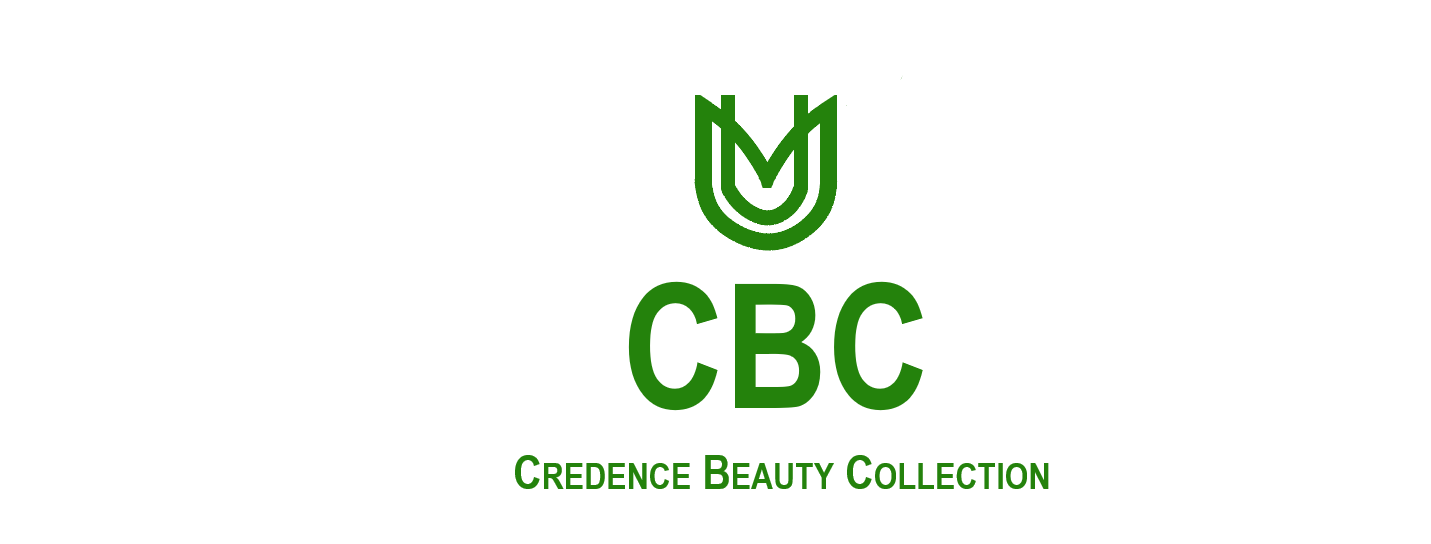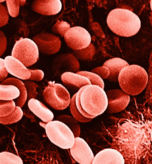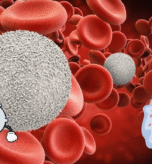In the digital age, social media has become an integral part of our lives, and the beauty industry is no exception. Platforms like Instagram, TikTok, and YouTube have given rise to a new generation of beauty influencers, who showcase the latest trends, products, and techniques to millions of followers. While social media has democratized the beauty industry, providing opportunities for diverse voices to be heard, it also perpetuates unrealistic beauty standards, consumerism, and negative body image.
The Rise of Beauty Influencers
Social media has created a new breed of celebrities: beauty influencers. These individuals have built massive followings by sharing their passion for beauty, skincare, and makeup. They showcase products, share tutorials, and provide advice, often blurring the lines between expertise and personal opinion. The influencer marketing industry has grown exponentially, with brands partnering with popular beauty personalities to promote products and reach new audiences.
The Impact on Beauty Standards
Social media has both positively and negatively impacted beauty standards. On the one hand, it has:
- Promoted diversity: Social media has given a platform to diverse voices, showcasing different skin tones, hair textures, and body types. This increased representation has helped challenge traditional beauty standards and promote inclusivity.
- Democratized beauty: Social media has made beauty more accessible, providing tutorials, tips, and product reviews that help individuals achieve their beauty goals.
On the other hand, social media has also:
- Perpetuated unrealistic beauty standards: The constant stream of flawless, airbrushed images creates unattainable beauty expectations. This can lead to negative body image, low self-esteem, and mental health issues.
- Fostered consumerism: Social media’s emphasis on new products and trends can create a culture of disposability and waste, encouraging users to buy more than they need.
The Dark Side of Social Media Beauty Culture
The pursuit of beauty on social media can have serious consequences, including:
- Body dissatisfaction: The constant exposure to idealized images can lead to body dissatisfaction, particularly among young women.
- Mental health concerns: The pressure to conform to beauty standards can contribute to anxiety, depression, and eating disorders.
- Unrealistic expectations: The emphasis on perfection can create unrealistic expectations, leading to disappointment and frustration.
The Future of Beauty and Social Media
As social media continues to evolve, the beauty industry must adapt to changing consumer expectations. To promote a healthier beauty culture, brands and influencers can:
- Emphasize authenticity: Showcase real, unedited beauty, highlighting the importance of self-acceptance and individuality.
- Foster inclusivity: Continue to promote diversity, showcasing diverse skin tones, hair textures, and body types.
- Encourage sustainability: Highlight eco-friendly products, reduce waste, and promote responsible consumerism.
Conclusion
The relationship between beauty and social media is complex, with both positive and negative consequences. While social media has democratized the beauty industry and promoted diversity, it also perpetuates unrealistic beauty standards and consumerism. By emphasizing authenticity, inclusivity, and sustainability, the beauty industry can promote a healthier, more positive beauty culture. Ultimately, it’s up to individuals to critically evaluate the content they consume and cultivate a positive, realistic relationship with beauty and social media.



